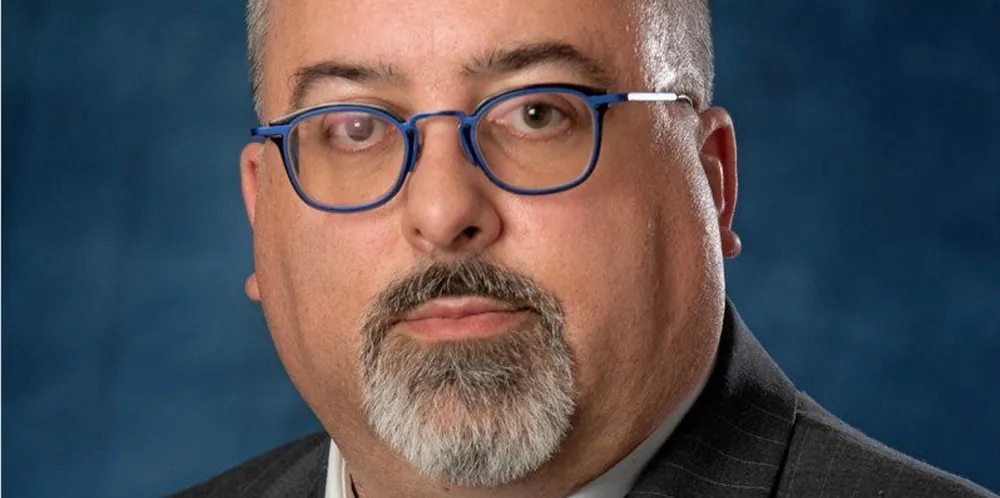30 buyers and a tight timeline: Landmark Alaska crab deal was 'tricky'
But the deal heralds a major win for the state's far-flung rural communities, the top executive at one group involved told IntraFish.

But the deal heralds a major win for the state's far-flung rural communities, the top executive at one group involved told IntraFish.
